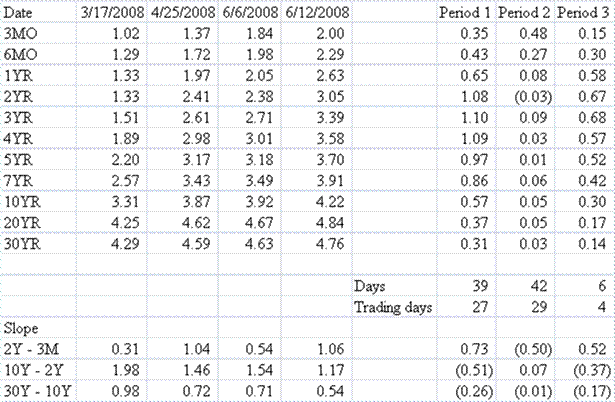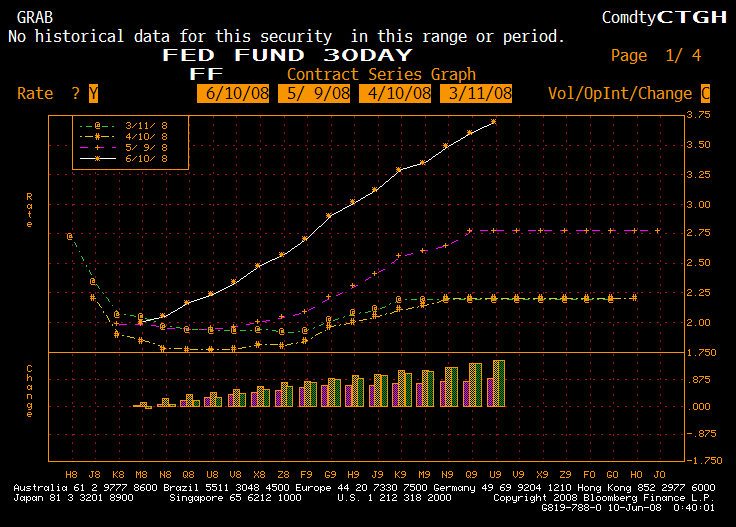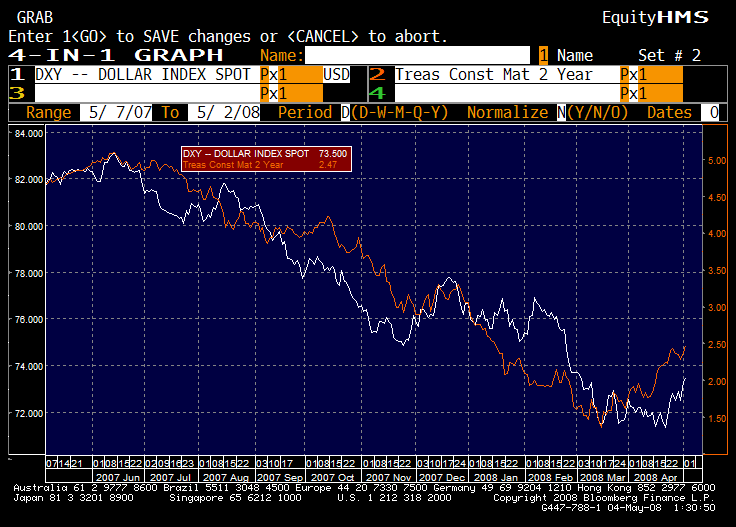In Large, Red, Friendly Letters it Reads, “Don’t Panic!” (GSE Edition)
want to tread a fine line this evening.? I am going to argue that a government takeover of Fannie and Freddie would not be as costly as some imagine — it would likely be more expensive than the S&L bailout, but not in inflation-adjusted terms.? My post is driven by the New York Times article, as cited by Barry Ritholtz, and Yves Smith (as I was drafting this).
The first thing to say is that conservatorship may not happen.? The GSEs have many powerful political friends, and they won’t give up without a fight.? I rate the odds of conservatorship as less than 50/50 in 2008, and the next President/Congress may have a different opinion.
I want to rule out the idea that the Federal Reserve could save the GSEs.? Unlike Bear Stearns, the Fed is too small to materially affect the situation.? Sure, it can buy the senior paper of the GSEs, but that would not be enough to absorb more than 10% of the total senior financing base for the GSEs at maximum.
But suppose conservation of Fannie and Freddie takes place.? What then?
Most mortgages insured by Fannie and Freddie are good quality already.? They financed smaller loans, reasonable down payments, tilted away from the high cost areas that are under the most pressure.? For loans prior to 2006, losses should be small.? Also, Fannie and Freddie have been careful, even with pressure from politicians.
But some loans were done with mortgage insurance because of low down payments, and the mortgage insurers are in bad shape now.? True, and though Fannie and Freddie may not get full payment, they should get 80% payment on the 20% or so of the loan that was insured.? Mortgage insurers are worth something, even if not full value.? My scenario implies 4% losses on a small portion of their mortgage book.
Now the GSEs will continue to receive guarantee fees, and they still have embedded margins from the loans on their balance sheets.? Now, WIlliam Poole says that Freddie is insolvent on a fair value basis, and Fannie might be.? Still, the losses are small compared to the S&L bailout at present.
Thus, I argue that a guarantee of senior obligations of the GSEs would not be horrendously costly.? Let the preferred and common equity be wiped out.? Let the subordinated bondholders sweat.? The losses at the senior level should be small.
The benefits of such a guarantee would be big, though.? Who invests in Fannie and Freddie direct and guaranteed paper? Banks, insurers, stable value funds, foreign investors, and more.? Do we want a “domino effect” that might lead to further financial failures?? I think not.? Arresting the losses at the senior level, and eventually folding Fannie and Freddie into GNMA preserves many other financial institutions.
Two notes on the politics here: the Bush Administration wins, and loses.? Wins, because they end the dominance of the GSEs in a bigger way than they ever could have imagined.? Loses, because they can’t use them to support the mortgage market any more.? Can the FHLB pick up the slack without them?? I doubt it, at least not fully.? The FHA isn’t big enough either.
So, be careful here.? There are too many variables and political angles to make decisions easy.? I think I understand what is most likely here, but I would assume a conservative posture, unless the cost of achieving that posture was too high.? We are close to that “too high” level now.
PS — As a bond manager, aside from mortgage bonds, I rarely bought agency bonds because the spreads were too small to bother with.? I have a rule for avoiding small bond yield spreads; they are too narrow to waste time over, and the present distress illustrates why.? At present a barbell of Treasuries and high yield bonds is more attractive than agencies.
(These are my opinions, and not those of my employer.)






